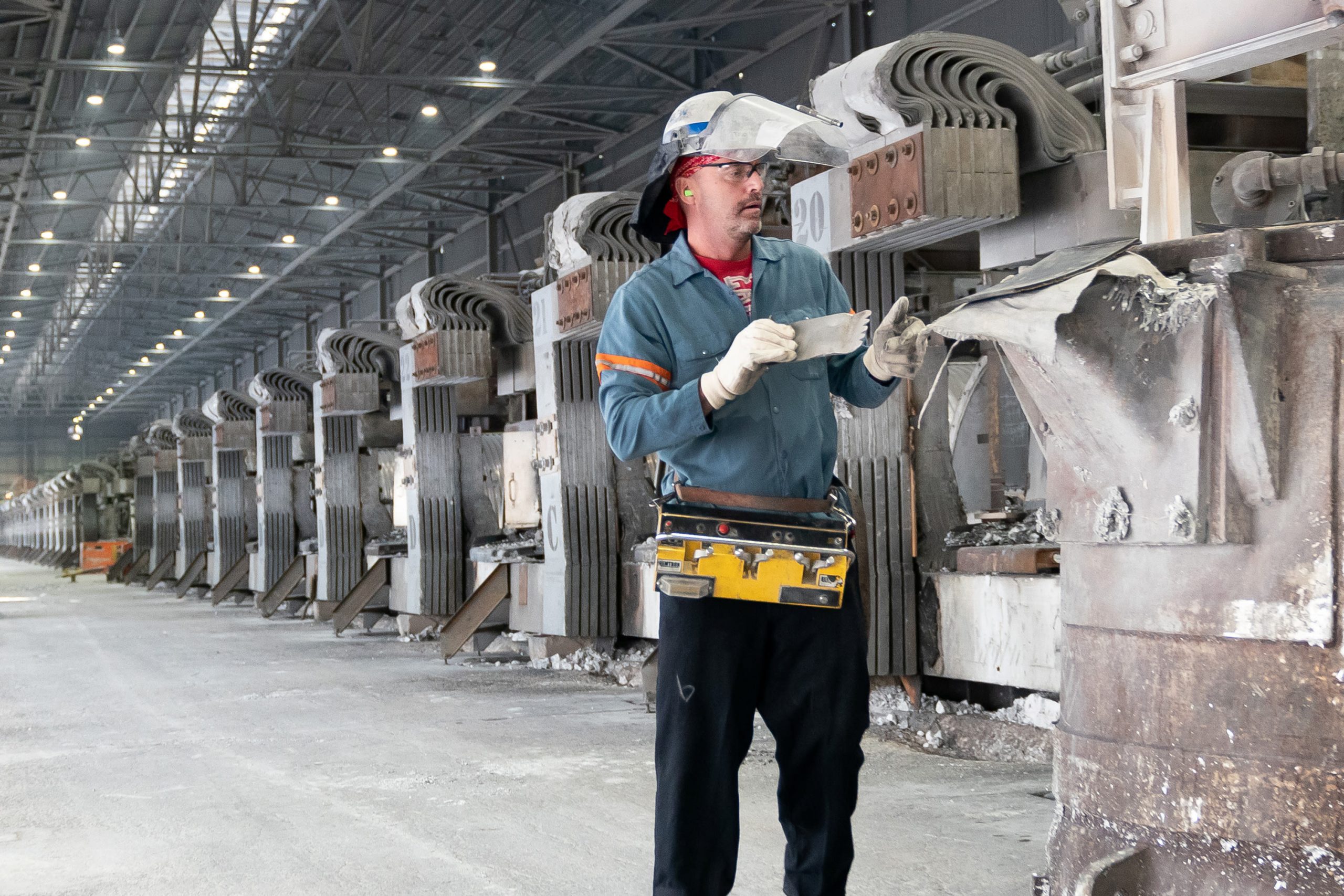A contraction in U.S. manufacturing spurred by the trade battle with China and slowing global growth may have reached an end already, if two key business surveys hold up.
Production at American facilities fell in the second half of 2019 despite an otherwise growing economy, sparking worries that a broader recession might be in the works.
But indicators this week from the key Philadelphia and New York Federal Reserve districts showed a sharp rebound that far exceeded Wall Street expectations.
Early in the week, New York’s Empire State Manufacturing Survey for general business conditions posted a reading of 12.9, up 8 points from January and its best level since May. New orders surged to 22.1, the highest since September 2017, and shipments rose to 18.9, the best since November 2018.
On Thursday, the Philadelphia survey exploded 20 points higher to 36.7, the highest since February 2017. New orders hit their highest since May 2018.
‘It’s a good picture’
The indexes are percentage measures of companies expecting growth or contraction. Though the employment components for both regions were stagnant, the measures taken together show a manufacturing sector on the rebound.
“Absolutely, the fundamentals in the U.S. are strong — sustained growth, strongest labor market in 50 years, price stability with inflation close to our goal. So, yeah, it’s a good picture,” Fed Vice Chairman Richard Clarida told CNBC’s Steve Liesman in an interview Thursday following the Philadelphia report.
To be sure, the coast isn’t completely clear for the sector as pockets of trouble remain, particularly with Boeing’s struggles.
The Fed’s January headline reading on industrial production showed a contraction of 0.3% and the Labor Department reported that manufacturing jobs fell by 12,000, mostly due to a decline in motor vehicles and parts. The manufacturing index was down 0.1%, but stripping out civilian aircraft production, which has been hampered by Boeing’s 737 Max problems, it showed an advance of 0.3%.
Clarida said a first-phase tariff armistice between the U.S. and China, along with the trade agreement between the U.S., Mexico and Canada and the start of Brexit, should further boost the picture.
“There’s no doubt there’s been a decline in trade policy uncertainty,” Clarida said. “To the extent that [uncertainty] was holding back investment, that should be a positive this year.”


 Signal2forex.com - Best Forex robots and signals
Signal2forex.com - Best Forex robots and signals




